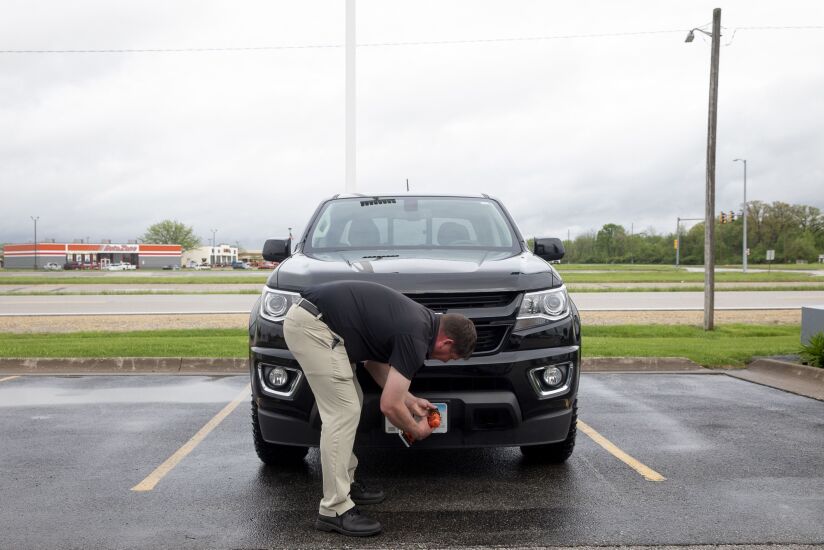Any technology that enables the gathering of consumer information can deliver opportunities for organizations—more effective
Some states have begun using the technology or are considering it to find uninsured drivers, with the aim of keeping uninsured vehicles off the roads.
“In states with insurance requirements, vehicle registration often requires proof of insurance at the time of registration,” says Michael Richmond-Crum, director, personal lines & counsel, at the American Property Casualty Insurance Association.
“This means that each vehicle should be associated with an insurance policy within DMV databases,” Richmond-Crum says. “If an insured allows a policy to expire, many states require that insurance carriers notify the DMV of the policy lapse. If a vehicle is recorded being operated, and the related policy has lapsed, it may be being operated without proper insurance coverage.”
The primary involvement of insurers in automated licenses plate reader technology is related to the information that is being verified, Richmond-Crum says. “Automated readers can be used to cross check to see if a vehicle is insured when it is scanned,” he says. “Insurers provide verification data, often via an online portal, that a vehicle is insured as required by law in many states.”
This type of verification system is similar to any other insurance database, and insurers are involved by keeping DMV records databases up to date, Richmond-Crum says.
“This is often done by an online verification system that allows DMVs to check in close to real-time if a vehicle has coverage with an insurer,” he says.
Automated license plate reading technology is becoming more and more common by law enforcement at the state and local levels, Richmond-Crum says.
“The technology is typically used to enforce speeding laws, parking violations, and gather toll fees,” he says. “Currently there does not seem to be a rush to use the technology to verify insurance financial responsibility compliance, as only a few jurisdictions have adopted it or discussed the matter.”
